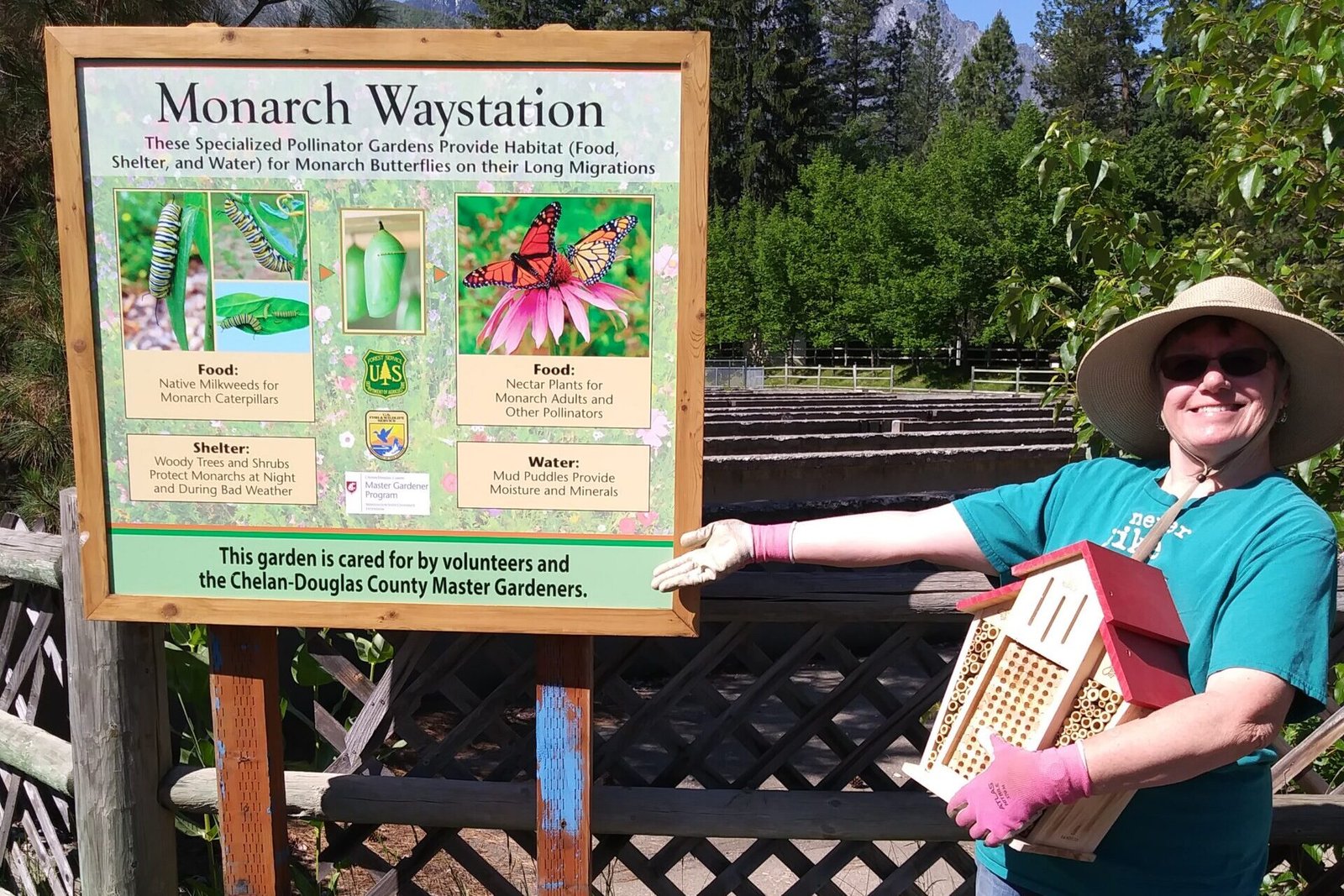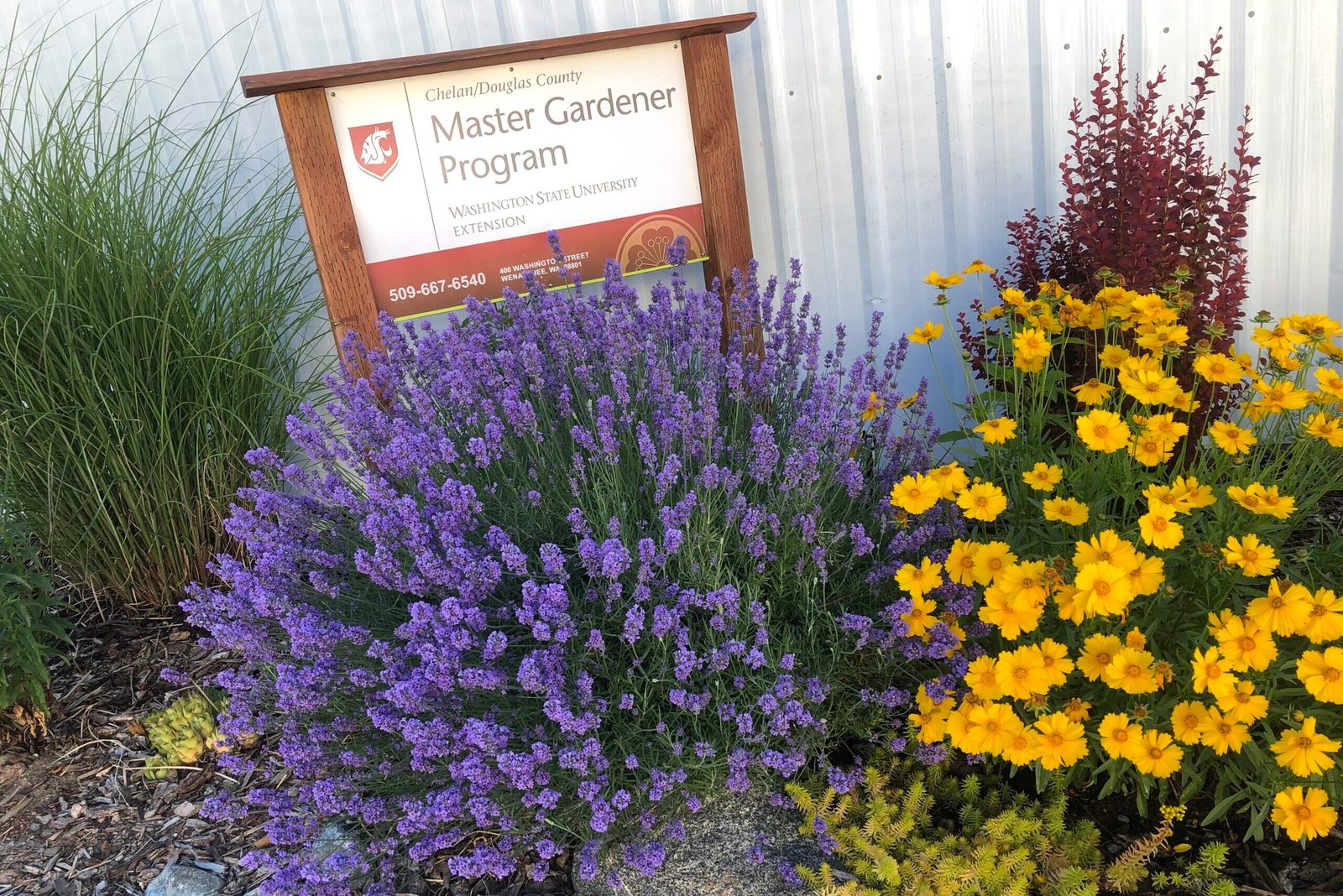Our demonstration gardens are funded by the Foundation
Take a stroll through our gardens, interact with nature, restore your soul, or attend one of our many educational opportunities.

Community Education Garden (CEG)
1100 North Western Avenue
Wenatchee, WA
The WSU Chelan/Douglas County Master Gardeners Community Education Garden has themed gardens that demonstrate how gardening and landscaping can be productive and beautiful while employing sustainable gardening practices.

Riverfront Park Demonstration Garden
Riverfront Park
Wenatchee, WA
WSU Master Gardeners designed, planted, and now maintain a xeriscape demonstration garden in partnership with the Chelan County PUD at Riverfront Park in Wenatchee. We are here spring to fall on Wednesday mornings. Stop by to talk to us.

Bridge of Friendship Japanese Garden
NE corner of Eastmont Avenue and 8th St NE
East Wenatchee, WA
This pocket-sized garden at Eastmont Avenue & 9th Street offers a shady spot and honors the City of East Wenatchee’s relationship to its city sister in Japan. It is part of the city’s park system. It demonstrates how plants respond to shade in this climate, and elements of a Japanese style garden.
The Master Gardeners maintain this garden. You can usually find us working here Thursday mornings during the gardening season. Stop by to talk to us.

Leavenworth Fish Hatchery Pollinator Garden
Leavenworth, WA
WSU Master Gardeners maintain this garden, a pollinator and monarch butterfly habitat designed for student and public education.
The garden is in front of the main hatchery building at 12790 Fish Hatchery Road in Leavenworth, WA.

Boswell Garden
Chelan County Fairgrounds
Cashmere, WA
Ten years after planting, despite regular pruning, many of the flowering shrubs had spread onto the walkway. They were obstructing visitor traffic and giving the garden a messy appearance. We decided the time had come to remove the large perennials and switch to annual flowering plants.
Unlike perennials, annual plants die in winter and need to be replaced the following year. A gardener has the opportunity to change things, introducing new colors, shapes and sizes.
